This interview with Makoto Sanada was recorded in a gaming magazine prior to the release of the 4th episode of Angels of Death. In this in-depth interview we learn about the roots of his creativity; his experience with theatre that found its way into in Angels of Death and brought it to life, making it a perfect response to the fandom that has sparked around the series.
Angels of Death: The secrets behind development
―― Following your success with ”Kirisame ga Furu Mori”, your latest work “Angels of Death” has gained a lot of attention, hasn’t it?
Yes, and I couldn’t be more grateful. So many people have shared their feelings about the game, which is very encouraging.。
―― This game has a very different atmosphere to the previous one. Could you tell us how you came up with the concept?
I took a break from working on “Kirisame” at the height of its development, and it was during that time I conceived “Angels of Death”. At first, it was just the idea of a young girl ascending a building in which psychotic murders lay in wait, and I expanded on the plot(Note 1) from there. Though, at that time Zack had a more sarcastic laugh, Danny had a lesser role in the plot, and there were other such differences. As the game took shape, the characters became more defined.
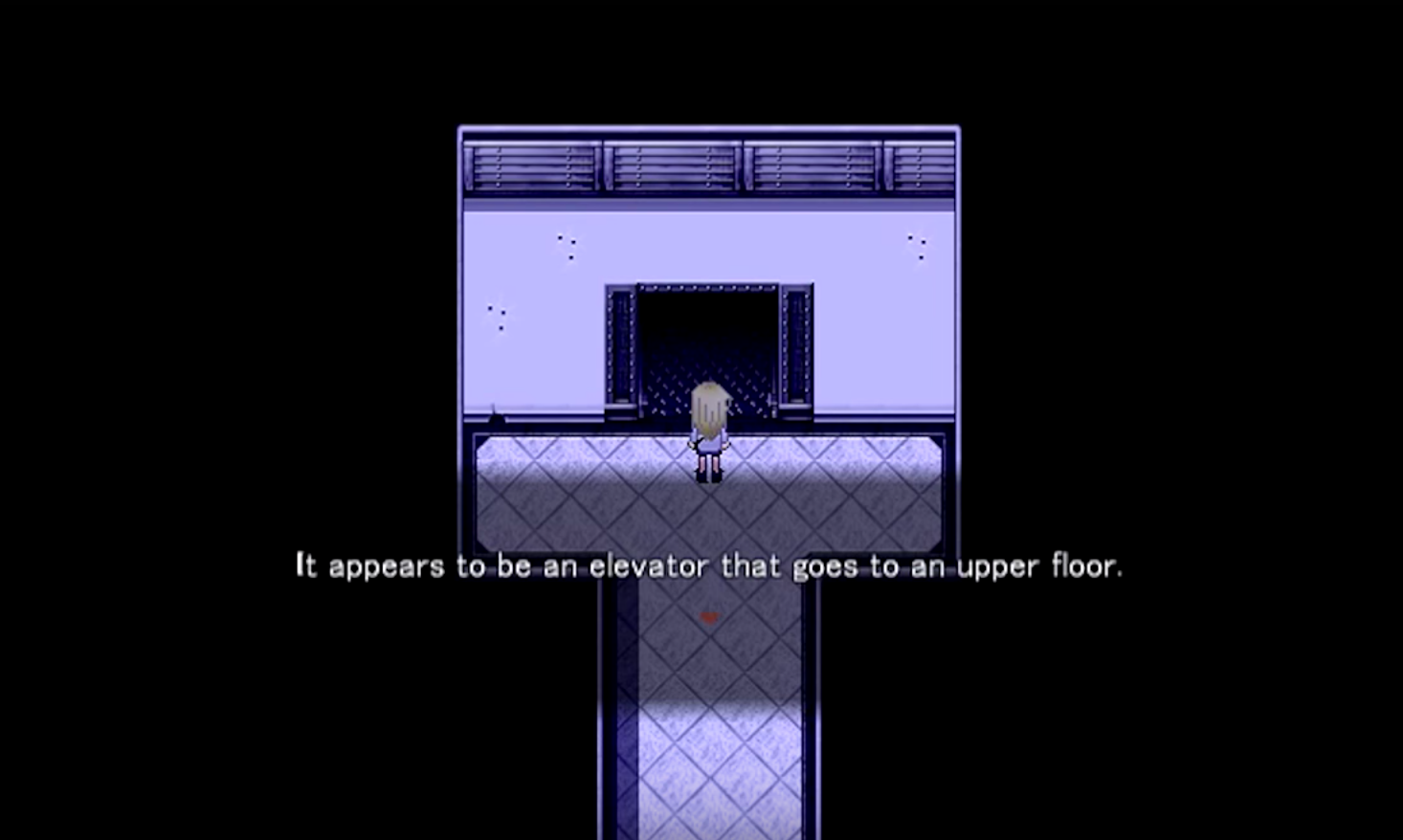
―― This is not your first horror game. Do you have a taste for this genre?
It’s just a coincidence they ended up one after the other [laugh]. Horror is a genre I like, because despite being fiction you are taken by the real, raw feeling that is fear. Also it’s good from a creator’s perspective, because you can explore a deep part of the human condition that is harder in other genres. It’s only in horror that you can make psycho-killers like Danny and Cathy entertaining.
―― Did you know “Angels of Death” has received attention not only for its gameplay and story, but also the pixel art in places like the B2 church, or powerful scenes such as the witch trial(Note 2).
I’m thrilled about that. For the witch trial scene, I tried to make full use of the RPG maker engine. Back when I was working on “Kirisame”, I didn’t really have a detailed understanding of how to use RPG maker, and it took 6 months just to make the beginning scene in the library. I think I’ve become far more proficient at it since then, but I’m spending a lot of time on cutscenes, and questioning my pixel art abilities, so I’m worried that my overall pace is getting slower [laugh].
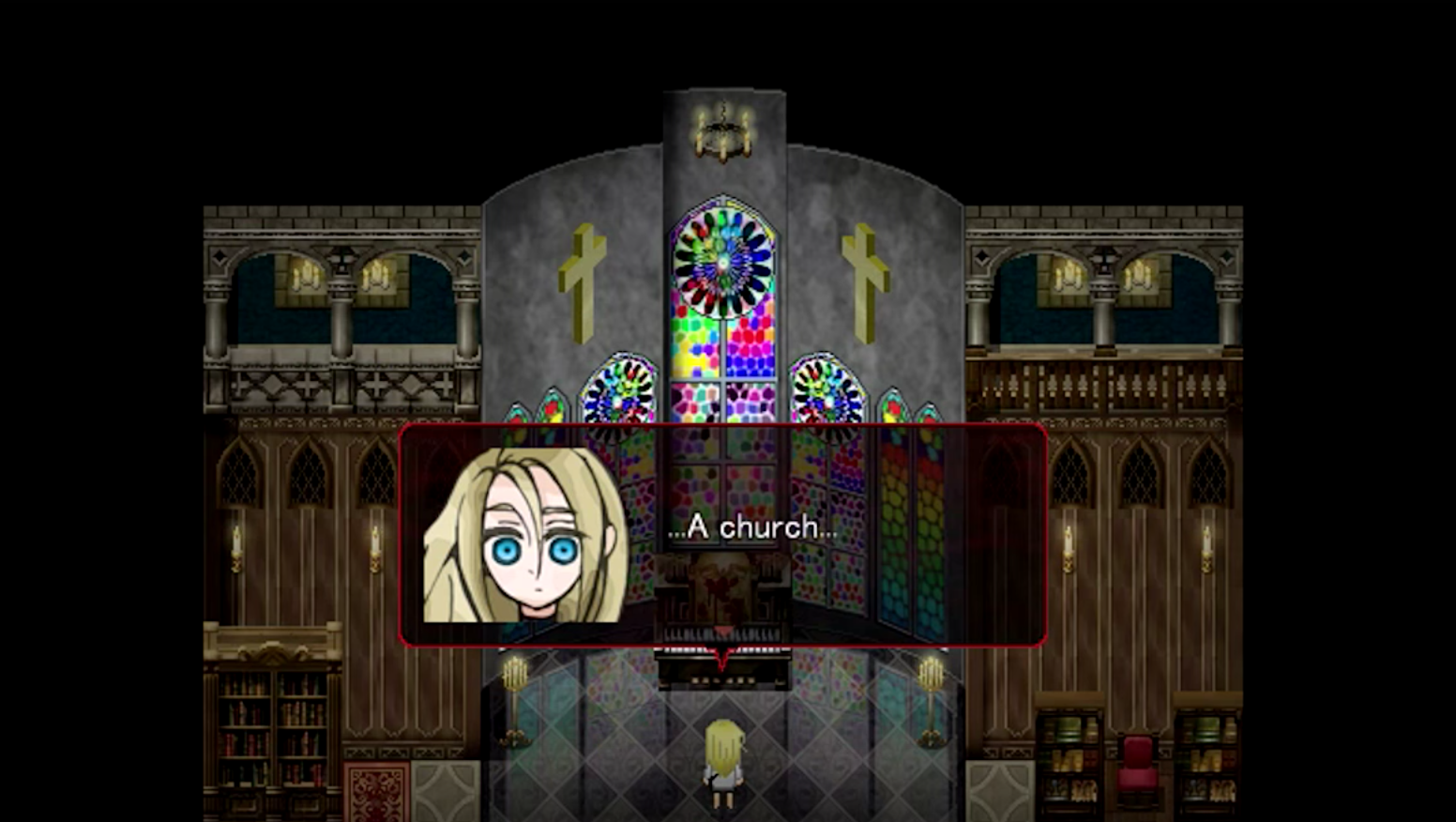
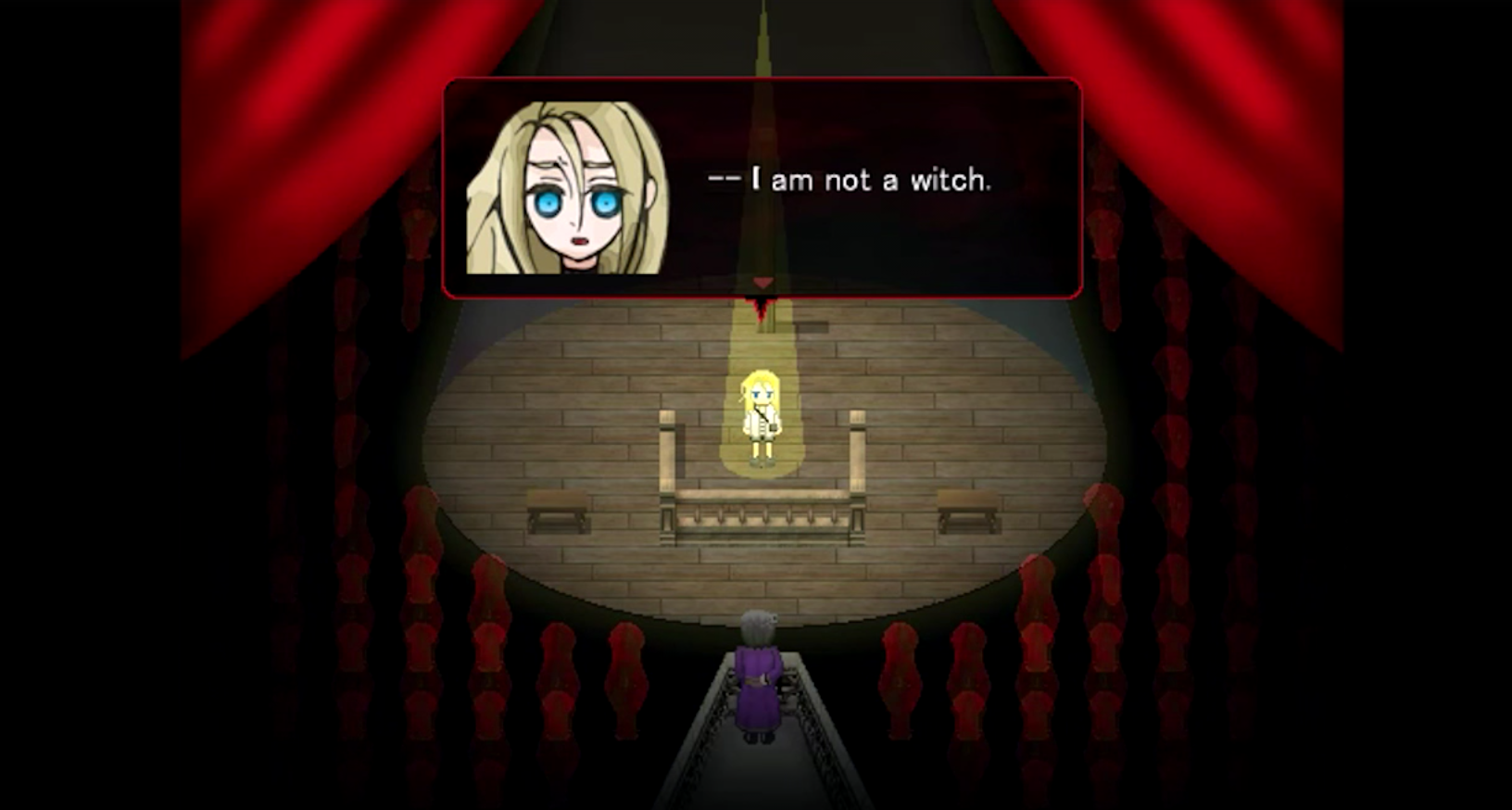
Creating since nursery school days
―― Having two works in a row achieving such acclamation, we’d like to learn more about you as an author.
Wow... I’m a little nervous, but please go ahead.
―― Have you been interested in creating works since you were a child?
I was able to come up with stories probably from about the time I was able to think. My father would make up stories for me before I went to sleep, and I would participate in them. I remember starting to read books when I was at nursery school. I loved picture-books, and at that age I wrote that I would like to be a picture-book author in the future. The idea of becoming an author of children’s books remained a long-lasting desire.
―― When did you start creating your own stories?
When I was a first-year junior school student, I remember placing a picture-book I had made in the newspaper corner of my family’s shop [laugh]. It was a story about stuffed bear who wanted to be bought by a cute little girl who visited the toy shop, but is instead bought by an old man. The stuffed bear cried alone, but it turned out that the old man had bought him for the cute little girl as a Christmas present.
―― That’s a very well-thought out ending for a story thought up by a child [laughs]
I guess you’re right [laughs]. I think I just wanted everyone to read it. Also, as a child I would write out my dreams on paper. I could recall my dream upon waking, and could see what happens next too. I can still remember a dream that was almost like a fantasy epic. In fact, my first memory is my parents waking me from a dream. I suppose dreams are something of significance in my life.
―― How did your creations proceed from then on?
Well... I’m a little embarrassed, but I still have the notes I made for stories since childhood. It looks like of full-length stories alone I had finished as many as 8 works during junior school.
―― That’s quite a lot, isn’t it? [laughs]
There’s also other unfinished works and short things. Looking back now, the fantasy stories I made are pretty embarrassing [bitter laugh] but it appears I always had a love of storytelling. In junior high school too, I was writing in a variety of styles; from novels inspired by girls’ comics, to poetry, and more. I made picture-books too of course, and I also made a horror film with friends.
―― Is there a work from that period you are particularly proud of?
There is [laughs]... I was a member of the drama club in high school, and the play I wrote won a prize for the high school drama contest. It starts with a rabbit caught in a trap who is discovered by a wolf. The rabbit wants to die, but the wolf makes the promise “I’ll eat you once you’re able to run,” bringing food for the rabbit every day, and they develop a strange companionship. But one day the hunter who set the trap arrives...
―― It appears a “promise” between two leading characters is a recurring theme of your works, including “Kirisame” and “Angels of Death”.
Indeed it is. Many other of my stories have promises. I think somewhere inside, I have a desire for the fulfillment of the promises made between two people. Because, the way in which two people that live completely different lives can have such strong desires coincide with one another at a given moment, seems almost to be a miracle to me. Also, I’m pretty sure I love stories centered on the relationship between two characters(Note 3). Suga-kun and Shiori, Zack and Ray... now that I think about it I’ve made many stories centered on the relationship between two characters.
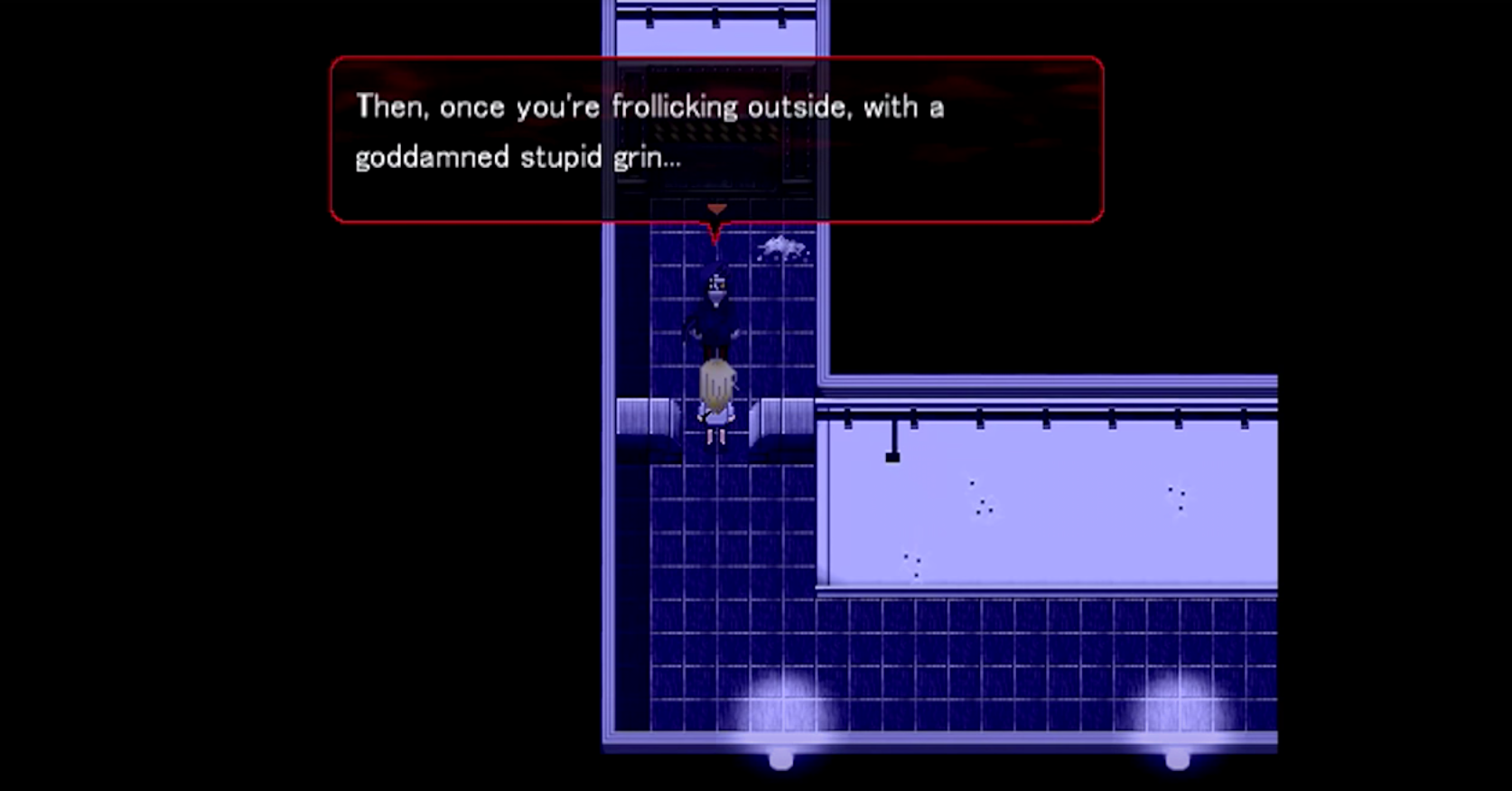
―― Though, they stand out as not always being about romance.
I do think that within such relationships romance can also exist. But, somewhere inside I feel that, even in the case of lovers, there is a bond that can form between two people that surpasses even feelings of romance. Perhaps I wanted to demonstrate that in my stories.
Experience with theatre carried over to video games
―― It sounds like you’ve had a life full of creativity [laugh].
Well, I took a break from doing creative things when I was a college student. Winning the school drama prize rather fatefully led me to the decision to pursue theatre at college. Now that I was in the city, other creators started appearing around me. I was attending lectures and discussing theories, and was simply unable to work on anything creative. Now that I think about it, several of my screenplays were on show and when it came to job searching I was told I should continue writing dramas. But I ended up following a different path.
―― Is that when you discovered video games?
Actually, I loved games since I was a child, and have played many. My college friend introduced me to free games and I’ve enjoyed them ever since. Looking back, after I graduated and returned to the country I’ve had more energy than I knew what to do with. I wrote plays despite no longer being in a theatre group, wrote children’s stories and finally I was making accessories... it’s a little embarrassing [laughs]. It was then that I discovered the game “Ao Oni” on a video website.
―― That’s a famous horror game made with RPG maker, isn’t it.
“Hey, this is fun”, was my first thought. I was already a fan of games like “Clock Tower” and “Corpse Party”. And what I loved about theatre was the combination of story, music and lighting, different expressions combined together – games have all of that. When I quit theatre, I thought to myself “I don’t have the firm directive personality of a stage director who leads all the actors and other staff. But if I make a game, maybe I can create all these expressions by myself. And games are an interactive experience.
―― So this must have led to the creation of “Kirisame”.
Development was very difficult in the beginning, as I mentioned before. After half a year I had thrown it out of the window and started to work on something else. But I left the file visible on my desktop. About a year later, I started up the game one day and saw Sakuma and the others moving about the screen. “What am I doing?” I thought to myself. “How can I work on other creations without finishing their story?” So for the next year, I would start up RPG maker after work until “Kirisame” was finished.
―― When you were talking about theatre I remembered the way you turn the background red in “Angels of Death”.
Yes, with this game I wanted to use theatrical expressions wherever possible. For example, on Eddie’s floor when Zack is about to break through the wall to get to Ray(Note 4), I made just the pair of them visible over a black screen (despite being unable to see one another through the wall.) Or using a spotlight to place focus on a certain place, and expanding it to a larger oval shape to fit the scene. I recalled theatrical techniques when setting up the music for Cathy’s entrance. And I put effort into controlling the moments between dialogue lines, where the character would move about and speak with emotion, similar to an actor in a play.
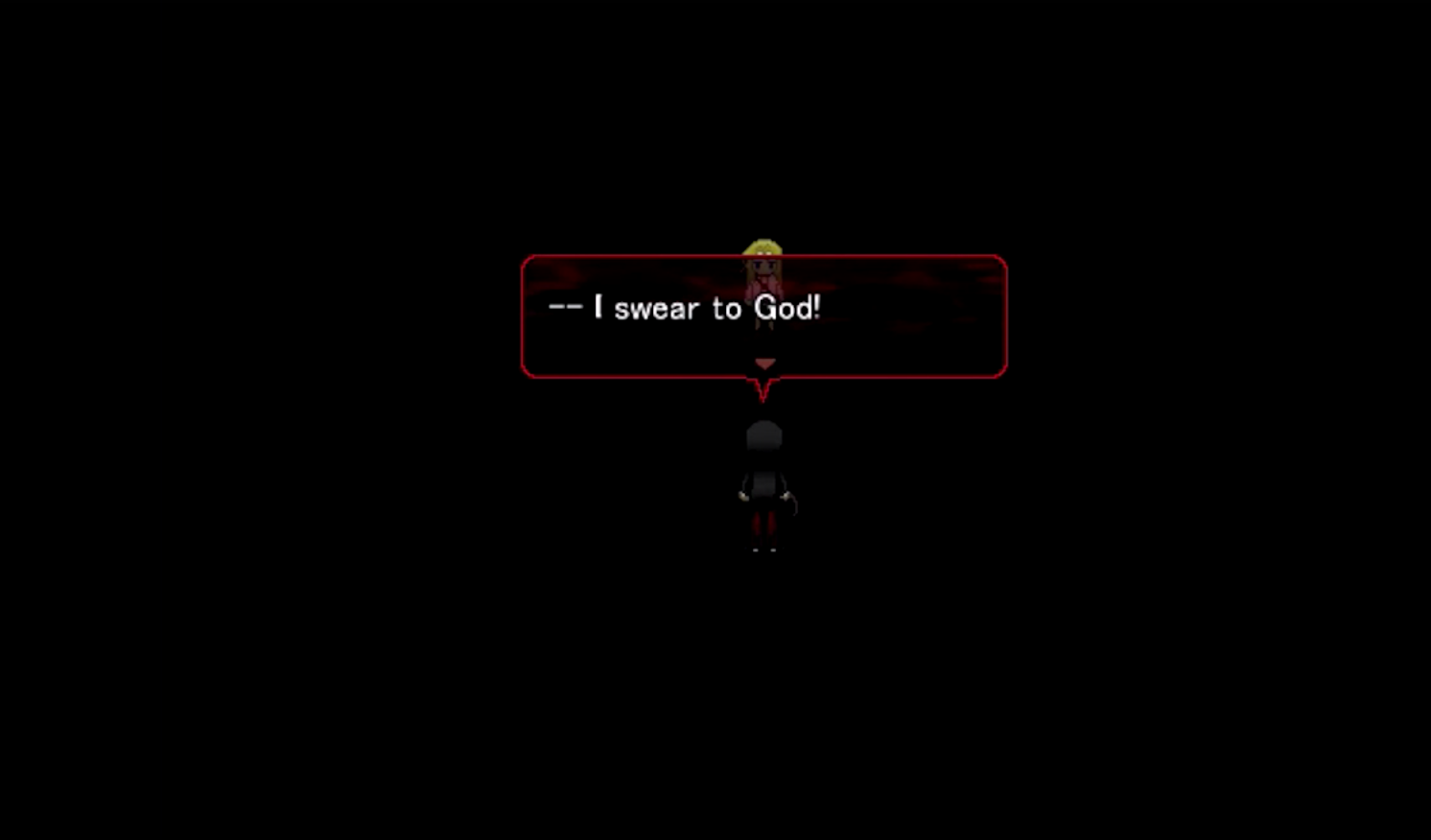
―― So you were bringing to life the moments you once spent in the theatre.
I take care to keep a balance as to avoid it becoming overdramatic. But I do think that 2D games like those made in RPG maker are similar to plays. With 3D games and movies, the object of attention and distance changes, but for 2D games and also plays, the distance is set. It is also possible to use simplified ways of expressing things in both. I haven’t studied theatre to the point of being an authority on the subject, but I certainly feel a knowledge of theatre is very helpful when making games in RPG maker.







